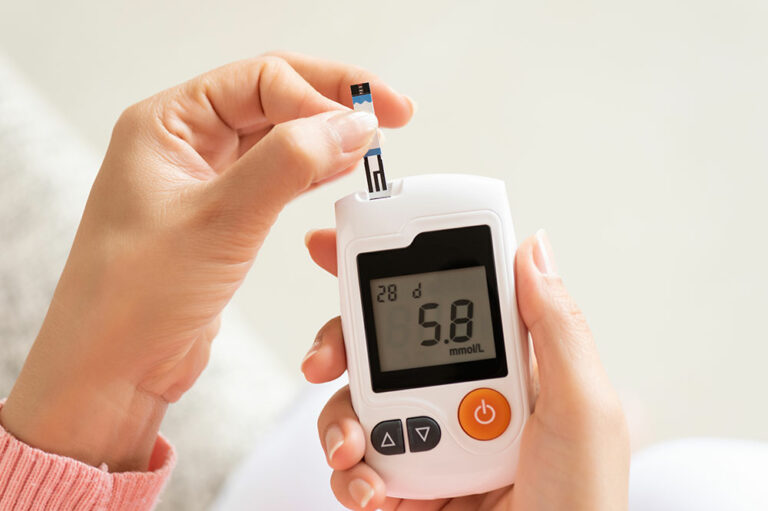
Best safety features of 2019 Toyota Highlander
The 2019 Toyota Highlander starts at USD 31,380, and some of the most selling features of this midsize SUV are its several safety features that make it an enviable and safe ride. Here are some of the topmost safety features of this midsize SUV that are sure to secure one’s purchase decision.
Toyota Safety Sense P (TSS-P) features
The 2019 Toyota Highlander is possibly one of the most secure rides, both for the drivers and the passengers. All trims come with TSS-P (short for Toyota Safety Sense P), which is an amazing suite of many security features. It includes the following security systems:
- Lane departure alert with steering assist
With the help of this, the driver gets a visual or an audible warning when the vehicle is about to cross or approach lane markings when the turn signal is not on. Moreover, the steering assist keeps the vehicle on the lane by providing automatic braking or steering. - Pedestrian detection with pre-collision system
The 2019 Toyota Highlander takes care of people who are inside the car and outside. Whenever there is a possibility of collision with a pedestrian, the vehicle alerts the driver by the way of visual or audio warnings.
Advanced airbag system
In an unfortunate accident, when a car collides with another vehicle or object, severe damage can be caused to the human body. That’s where the 2019 Toyota Highlander is a savior. It has a total of eight airbags. These have been strategically placed to protect the driver and the front seat passengers. More specifically, there is a seat cushion airbag for the front seat passenger and toward the driver’s knee, which will protect the lower bodies. Not only the front seat passenger and rider but also the rear passengers will be protected by roll-sensing airbags placed near the side curtains.
Traction control
Traction control in 2019 Toyota Highlander is a computer-controlled system that keeps a track of when your vehicle is on the verge of wheel slippage. The traction control detects when one of the wheels spins faster than the others. When this happens, traction control automatically applies ABS (anti-lock braking system) to the wheel which is slipping. Alternatively, it could also cut the engine power supply to that wheel.
Anti-lock brakes
Under extreme braking circumstances, the ability of the vehicle to turn becomes low. When the tires stop rotating and make the vehicle unable to turn, anti-lock brakes modulate the pressure of the brakes. This again helps the tires to rotate.
Stability control
One of the best safety features of the 2019 Toyota Highlander is stability control, which prevents your vehicle from losing control. It does this by automatically sensing if the vehicle’s handling limits have been crossed. In such a scenario, it enables the brake or reduces the engine power.
Security system
The 2019 Toyota Highlander will not start if you do not enter the correct manufacturer key. In fact, the vehicle has an ignition disable device that can cease the engine just in case it detects a wrong manufacturer key.
Pretensioners
Seatbelts are probably one of the most important security features inside a car. Having said that, if seatbelts are not fastened correctly, you might have to bear some serious damage during a mishap. Pretensioners in the 2019 Toyota Highlander take care of this and automatically fasten the seatbelts optimally for the driver or passenger, especially during a collision.







